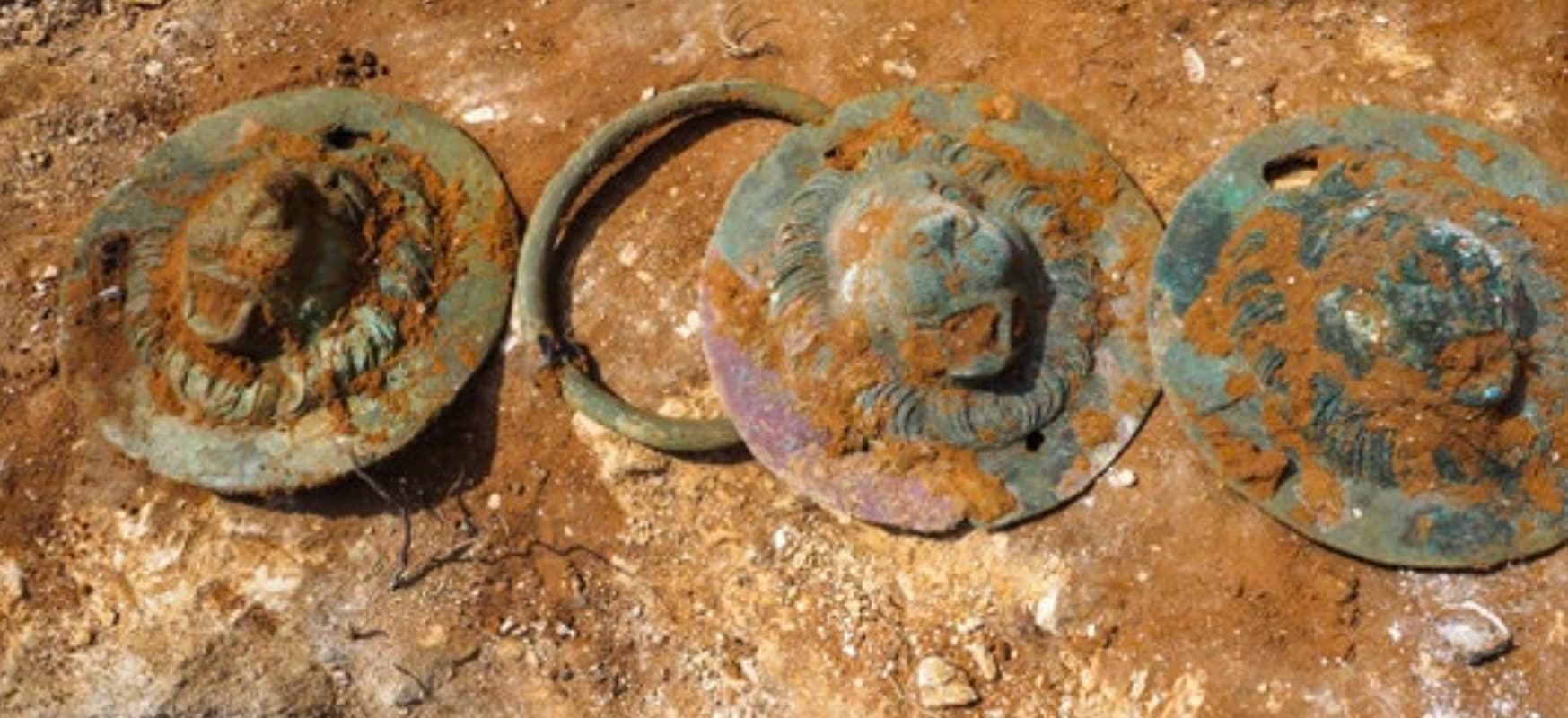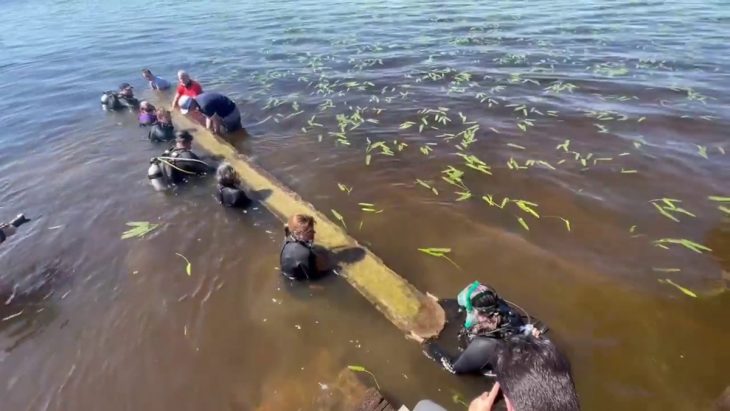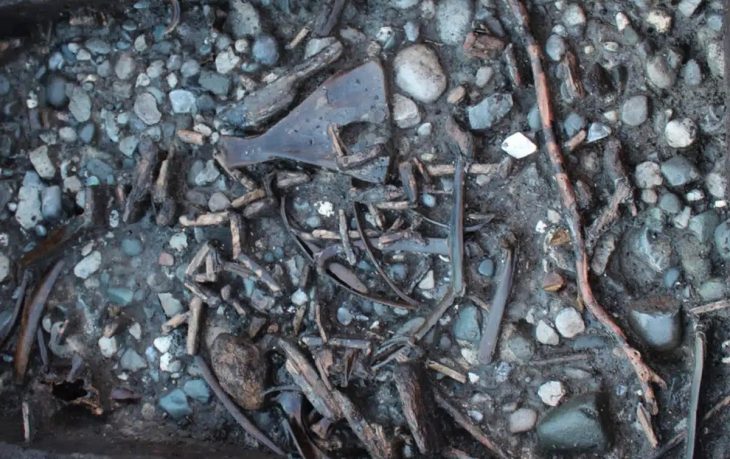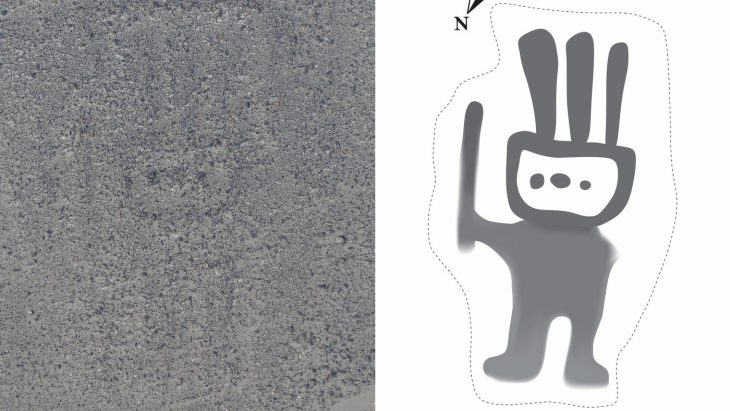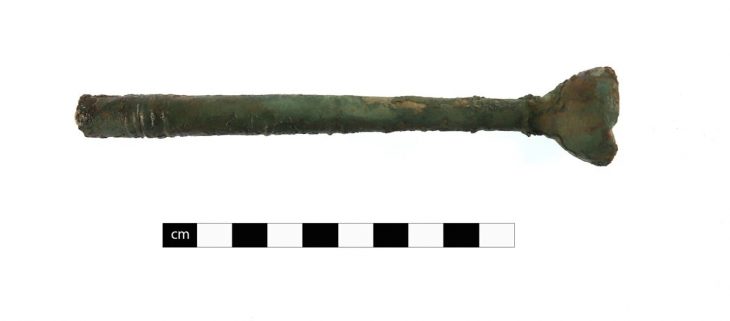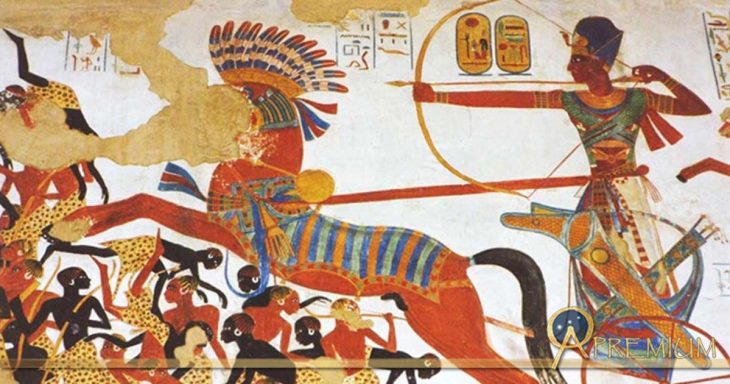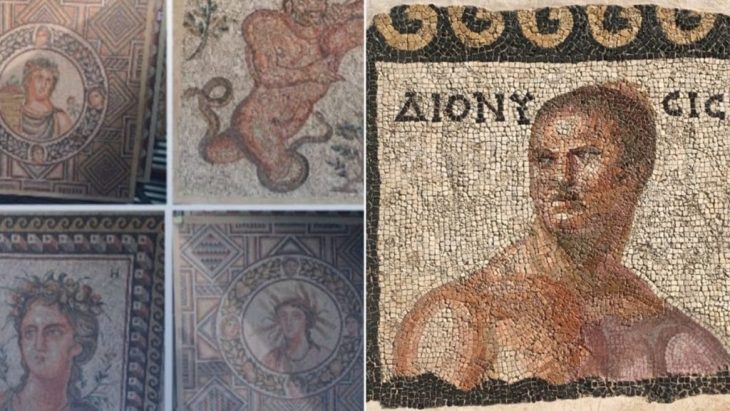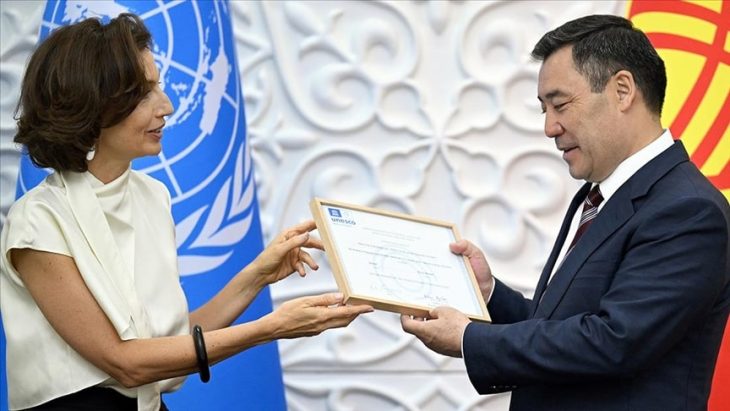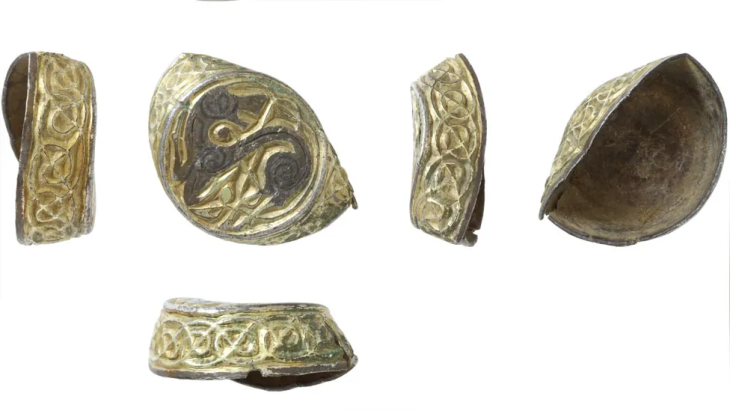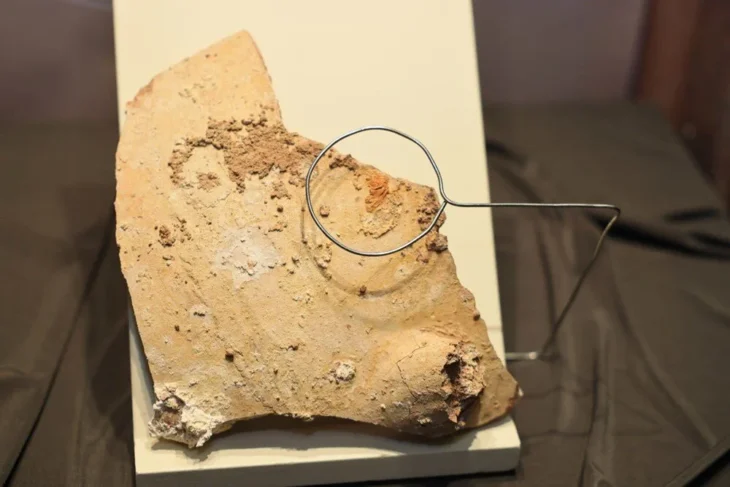Beneath the ancient dust of Khirbat Ibreika in southern Israel, archaeologists have unearthed an unexpected enigma: four bronze discs, each adorned with powerful lion head reliefs and accompanied by functional rings, carefully extracted from a tomb dating back to the first and second centuries CE of the Roman Empire.
A unique discovery of metal lion-headed ring-handles from a Roman-period cist grave is shedding new light on burial customs and potential cultural influences during the first and second centuries CE. The salvage excavation, conducted prior to the construction of the East Railroad, unearthed eight cist graves, one of which contained an intriguing collection of burial goods, including the distinctive lion-headed handles.
As detailed in a recent article published on the Israel Antiquities Authority Portal, the research centers on a collection of four bronze discs, each meticulously crafted with a lion’s head in high relief. A key distinction from other lion-headed handles discovered across the Roman world is highlighted: rather than the typical ring placement through the lion’s mouth, these specimens feature rings affixed to the vertex, or the uppermost point, of the lion’s head.
These rings were connected to the discs via a joint, remnants of which were found on one of the handles. The discs also featured perforations, indicating they were likely attached to a wooden coffin with iron nails, fragments of which were also discovered.
The presence of these ornate handles within a sealed tomb raises questions about their specific function and the symbolism of the lion-head motif in a mortuary context. While similar lion-head designs were used for door knockers and as decorative elements on furniture throughout the Roman world, their application as handles on a burial coffin, particularly with the rings attached to the vertex, appears to be significant.
Researchers suggest that the robust nature of the handles indicates they may have served a practical purpose in carrying or lowering the coffin into the grave. The placement of two handles on each of the long sides would have allowed for the insertion of wooden rods, facilitating easier transportation.
The symbolism of the lion’s head is also explored in the article. Lions were potent symbols in the Greco-Roman world, representing strength, courage, nobility, and often acting as guardians of sacred spaces. Their depiction on a coffin could therefore signify the deceased’s social status or offer a form of symbolic protection in the afterlife.

Interestingly, the article draws parallels to other discoveries of lion-headed bronze discs in Roman Palestine, with a total of 40 such artifacts recorded in the Israel State Treasury from various sites. Notably, four were found in a funerary context at Ramat Efrayim, Netanya, twelve at Ben ‘Ami (Umm Ḥaled), Netanya, and four at Tel Dor. Similar to the Khirbat Ibreika finds, the handles on these discs were also attached to the vertex of the lion’s head.
The geographical distribution of these specific types of lion-headed discs, primarily within the region of Syria-Palaestina, suggests a localized production and usage. While the exact manufacturing center remains unknown, the finds from Khirbat Ibreika and Tel Dor extend the known distribution of these artifacts further south into the Sharon plain and ‘Emeq Ḥefer.
The article also delves into potential cultural affiliations of the individuals buried with these distinctive handles. While the lion was a common motif, the researchers considered possible connections to Jewish, Samarian, and pagan traditions, as well as the Roman Cult of Mithra, which was popular among Roman soldiers. However, direct evidence definitively linking the lion-headed discs to any specific group remains elusive.
One intriguing possibility explored is a potential, albeit tenuous, link to the Samarian population. Some Samarian coins from the Persian period depict lions, and the Sages even referred to Samarians with a term related to lions. However, the general avoidance of animal imagery in accordance with the Second Commandment makes a strong connection unlikely.
Another avenue of investigation is the Cult of Mithra, where the lion held symbolic significance. While the cult was present in the Roman world during this period, there is no direct evidence to firmly link the Khirbat Ibreika finds to Mithraic practices.
Despite the lack of a definitive cultural association, the presence of these unique lion-headed handles in a single tomb within the Khirbat Ibreika and Tel Dor cemeteries strongly suggests the elevated status or importance of the individuals interred there. The deliberate placement of the handles in a pile at one end of the Khirbat Ibreika tomb further hints at a specific ritualistic or symbolic act during the burial.
As researchers continue to analyze these fascinating artifacts and await future discoveries, the lion-headed ring-handles from Khirbat Ibreika offer a valuable glimpse into the diverse burial customs and artistic expressions prevalent in Roman Palestine during the early centuries of the Common Era. The ongoing investigation promises to further illuminate the cultural landscape of this historically rich region.
Haddad, Elie and Zwiebel, Elisheva (2025) Unique Lion-Headed Handles from a Roman-Period Cist Tomb South of Khirbat Ibreika, ‘Atiqot: Vol. 117, Article 9. doi.org/10.70967/2948-040X.2257
Cover Image Credit: A. Peretz

